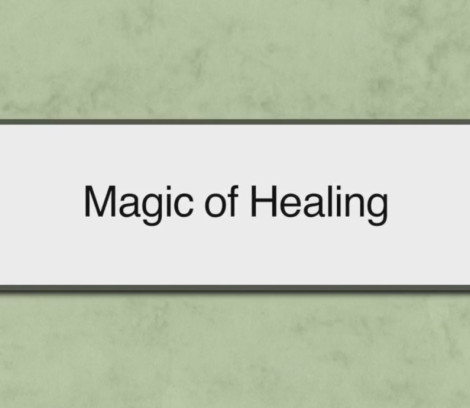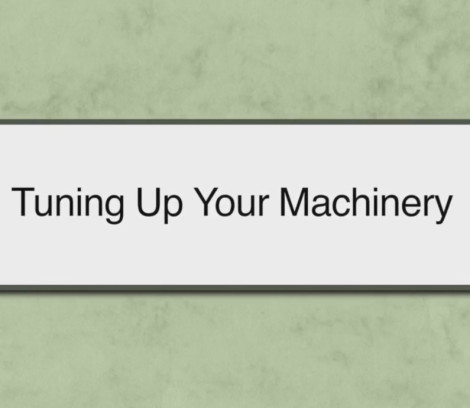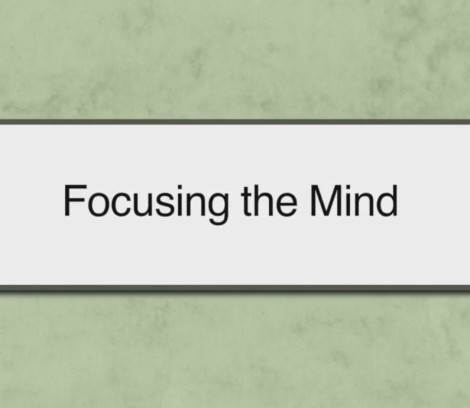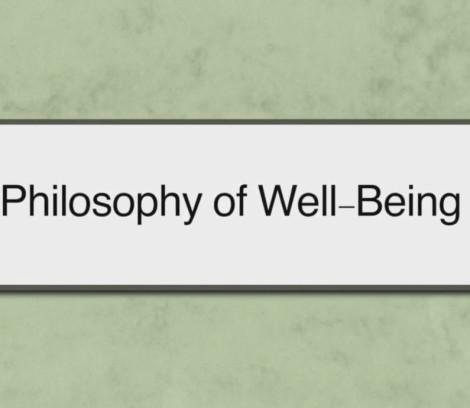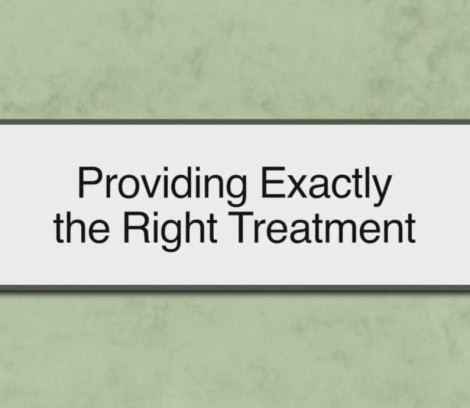#3 The Doctor-Patient Relationship
Today’s lesson concerns the doctor/patient relationship. As with so many important ideas, modern society has beaten down and diluted this fundamental human relationship as to make it unrecognizable.
The concept of doctor means much more than “health care provider” or dispenser of the latest and greatest technology, or of professional services, or even of a free trade of goods and services. We are looking at a much deeper and more complex dimension of human interaction, a unique relationship between two individuals.
Let me repeat: The essence of doctor/patient relationship is a unique relationship between two individuals, doctor and patient. When governments and insurance companies, or anybody else, are inserted between this intimate inter-action, they don’t just diminish the relationship. They destroy it completely. It’s gone.
Read More ...Look at it this way. As social beings, we are impacted and to some degree defined by relationships every moment of our lives. Family constitutes our primary relationships, parents, spouse, siblings, offspring. These of course are fundamental.
Beyond family, other special relationships exist: teacher/student, clergy/believer, lawyer/client, and especially, doctor/patient. Each of these fulfills specific individual needs. And each is an order of magnitude deeper than any casual relationship, requiring a higher level of mutual trust.
In our practice, we have endeavored to perfect the traditional doctor/patient relationship as it relates to dental care of our patients. We have studied what kinds of behavior are wanted, are wished for, are expected, to earn and deserve a person’s trust? And we have developed a practical, everyday approach.
Here are the ideas, the lessons, we have learned.. For an authentic doctor/patient relationship to work, each side has to agree on certain “rules of behavior and etiquette.”
The doctor:
- Provides a safe, comfortable treatment environment.
- Explains in clear language the nature of the problems, reasons for treatment, duration, cost, treatment alternatives, and any expected consequences
- Respects each patient’s time and comfort.
- Assembles a team of competent, caring professional support staff.
- Performs expertly the most effective treatment procedures.
Now, remember this relation is a two-way street. It only works when the patient also observes certain “rules of behavior and etiquette.”
The patient:
- Makes a concentrated effort to understand the nature of my problems.
- Recognizes that only I possess intrinsic repair and healing abilities.
- Takes personal responsibility for those factors under my control.
- Keeps a positive, optimistic attitude.
- Expresses appreciation for the skills and professional efforts of each member of the doctor’s team.
- Respects my scheduled appointments and arrives on time.
These rules of behavior and etiquette for both doctor and patient constitute the first and most fundamental principle of our practice. As we have stated earlier, our practice is not for everyone.
A large number of individuals and maybe even most doctors today seem to be quite content at having insurance company personnel or government bureaucrats determine and dictate the cost and type of care they are allowed to have.
Perhaps someday or somewhere, traditional doctor/patient relationships will be restored. Meanwhile, we will continue to perfect and practice this intimate, trusting, and personal relationship with each of our patients.
In the next lesson, we look at the second principle of our practice: using our patient’s natural healing abilities to the fullest extent.

